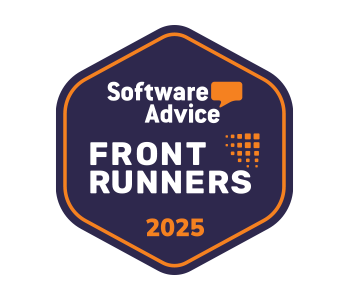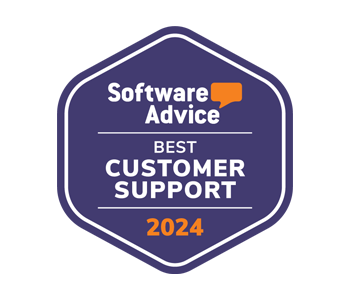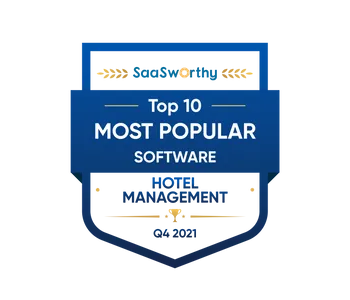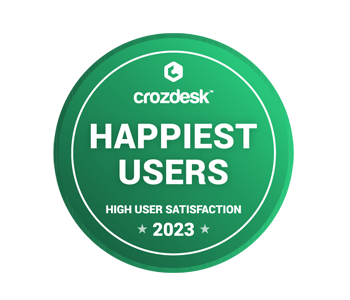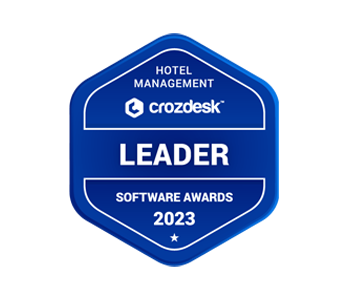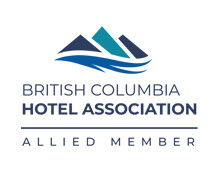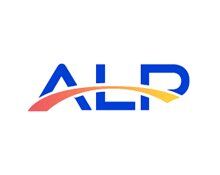Having a modern, feature-rich tech stack isn’t enough to streamline operations and increase revenue. You also need employees who know how to use it, not employees who sit in front of it, slack-jawed, and wonder what they possibly did to deserve this (we’ve all been there). If employees struggle with your new and improved tech, then operations are the opposite of streamlined. Choose intuitive, user-friendly systems and give your employees the training they need to succeed at them. Here’s how.
Choose Wisely
Choose systems that have a strong training and support team. If their response to “what training do you provide?” is “yeah, good luck with that,” then take your business elsewhere. Find out how much training is offered and if that training is free or paid. Checking software reviews can give you a good idea of the quality of support offered by vendors. WebRezPro provides five hours of free onboarding, and complimentary customer support is available seven days a week.
Create Buy-in
Before introducing a new system or automating a task, explain to employees how it will improve the experience for both guests and staff. What are the practical applications of the system, and how do those applications make their jobs easier? According to a Deloitte survey, 64 percent of hotel respondents believe that automation will bring new opportunities for their staff, so elaborate on what those opportunities are at your property.
Make sure the details are clear and have dates ready. People should know when they’re expected to be proficient in the new system and when the old system is going away permanently. (If they have data stored there, coming in one morning and finding it gone will be a nasty surprise.)
This need to create buy-in doesn’t end when training starts. As employees are trained, it helps to share the reasoning behind the steps. Why does a task need to be completed a certain way? Why is that task even needed at all? Knowing the reasoning enables them to retain the information and cuts down on grumbling.
Stay Involved
While managers may want to designate employee ambassadors for the new system (people from across departments who can hype up enthusiasm), they need to stay involved for training to be effective. Their presence signals that this is a priority while making it easier to collect feedback at all stages of the process. If something isn’t working or that video is really confusing, it’s better to know about it sooner rather than later. The timeline and expectations may have to adjust based on how training goes.
Department leaders must know the material themselves. They should participate in training sessions provided by the vendors and assist in training others from there. This makes it easier for them to set manageable expectations while keeping things on track. (If they’ve seen for themselves that a concept is a little tricky, they’ll understand why other people aren’t getting it right away and may even have ideas on how to help.)

Make It Engaging
We’ve all sat through that boring HR video where they tell you what the different workplace safety symbols are and why you shouldn’t drink the printer ink. How much of that information did you retain after you finished the quiz at the end? Not nearly all of it.
Make training engaging. Include opportunities for employees to be hands on with the new technology. People remember what buttons to press after they’ve pressed them.
It also helps to offer different types of training or vary the training method based on learning styles. If you don’t know how an employee learns best, ask. Find out if they’d like to “drive” or if they prefer to sit and watch first.
Break it into chunks to prevent boredom and loss of concentration. A three-minute video is more effective than a three-hour one.
Gamification training can also be a winner. Gamification is basically what it sounds like, turning training into a game (though it isn’t recommended to send staff on a scavenger hunt for their login information). As of 2019, 33 percent of employees want increased game elements in employee training software, and 83 percent of those with gamification training feel motivated.
Use Job Shadowing
One of the best ways to learn something is by watching someone who already knows. The more employees see the same thing, the more they understand and retain. With job shadowing, they can view the whole process from beginning to end, ask questions, and troubleshoot any steps or systems they need extra help with.
Allow for Mistakes
Enable employees to test their knowledge in the system and be sure they have it right. Of course, they may not have it right, which is how they learn. And it’s better they learn in training with someone who can fix the mistake than when they’re on their own with guests waiting for them.
In WebRezPro, you can define user access levels so that trainees can be assigned basic access only. For instance, they won’t have access to override rates, accounting records, or settings. This not only prevents them from sending your system into a tailspin with an accidental click, it is also best practice for security.
Don’t Neglect Security
Ensure your employees know what they need to do to keep your systems secure. Your systems handle guest data and credit card information, which makes them an appealing target to hackers.
According to the World Economic Forum, 95 percent of cybersecurity problems are attributable to human error. Systems aren’t just broken into because some hacker with a strong aversion to daylight guessed the perfect combination of zeros and ones to dismantle your fourteenth firewall. They’re broken into because someone clicked on a phishing email.
This is why it’s crucial to train employees on the security requirements of your new system, like user profiles and multi-factor authentication. Who is supposed to have access to it, and who isn’t? What physical security measures are there?
Lastly, training is not a one and done exercise. People forget things that aren’t a day-to-day part of their job, and good systems are always evolving.
Having effective technology is important, but it all falls apart if your employees aren’t just as effective. Choose well-supported software, and provide staff the training they need to utilize your systems to the fullest. Getting started with WebRezPro is easy. No matter how big or small your property is, our expert in-house team is with you every step of the way to answer your questions, help set up your system, and teach you how to master it.











